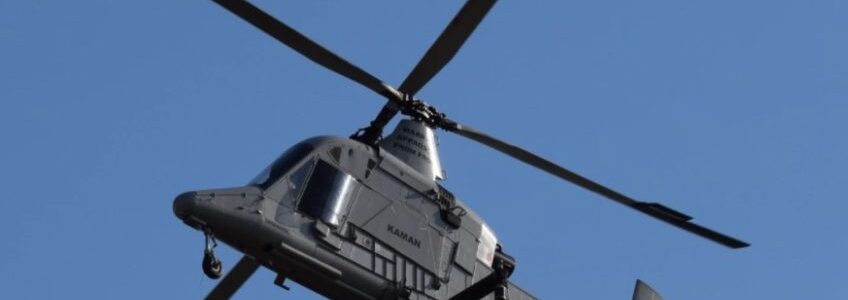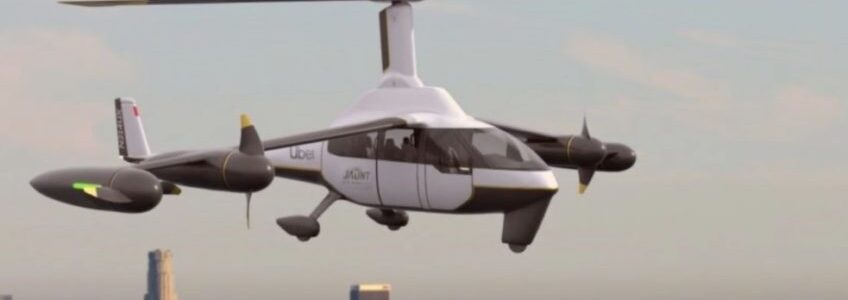With all the talk about more sustainability in the aviation sector, it turns out old cooking oil could power the world’s largest passenger airliner. That is exactly what happened on the 28th of March 2022 when an Airbus A380 performed a first flight powered by 100% sustainable fuel.
With all the hype around sustainability and decarbonisation in the transportation sector, everything is pointing to achieving net-zero. However, it’s not an easy feat since there are many moving parts but there are some fascinating aviation innovations that could turn the industry on its head.
The new Boeing hypersonic aircraft concept could be a spiritual successor to the Mach 3 SR-71 Blackbird. At the AIAA SciTech aerospace forum, Boeing presented an artist’s rendering of the hypersonic aircraft concept delta-wing jet where it received a lot of attention.
Solar power seems the most likely renewable energy solution when looking into the future. This conversion of energy turns sunlight into electricity, either directly through photovoltaics (PV), indirectly using concentrated solar power or a combination. But now, Caltech is taking this a step further by collecting solar power in space and sending it to Earth but before we get into Caltech’s Space Solar Power Project (SSPP), let’s take a quick look at what solar power is.
We are in for an exciting time in aviation as the world’s first unmanned helicopter has taken flight. Introducing the K-MAX TITAN from Kaman Air Vehicles, a division of Kaman Aerospace Corporation. They’ve successfully launched a maiden flight of the world’s first heavy-lift unmanned helicopter for the commercial market. Keep reading as you’ll want to watch the fascinating video from Kaman.
Decarbonising The Aviation Sector: Electric vs Hydrogen Aircraft
We harnessed the power of flight more than a century ago when Wilbur and Orville Wright achieved the first powered, sustained and controlled aeroplane flight. Over time, this technology advanced allowing people to connect from all over the world fast than ever. However, this form of transport relies entirely on fossil fuels and that’s not a sustainable, long-term solution. If we are to succeed in decarbonising the aviation sector, we need another plan but will it be electric planes or hydrogen aircraft?
There hasn’t been much to celebrate in the aviation sector since the pandemic grounded flights across the world, almost bringing it to a standstill. However, there is something to look forward to in a post-Covid world and that is supersonic passenger aircraft.
A few weeks ago we wrote about the Flying-V hydrogen jetliner concept that showed great promise for greener aviation. Well, if you thought that was impressive, wait until you see this new hybrid-electric plane concept. It can reportedly capture 95% of the plane’s harmful nitrogen oxide emissions using an emissions control system adaptation.
Earlier this year TU Delft successfully launched a scale model of its Flying V jetliner. This new future-ready aeroplane is the epitome of next-gen aerospace engineering showing better fuel efficiency and an interesting design.











Recent Comments